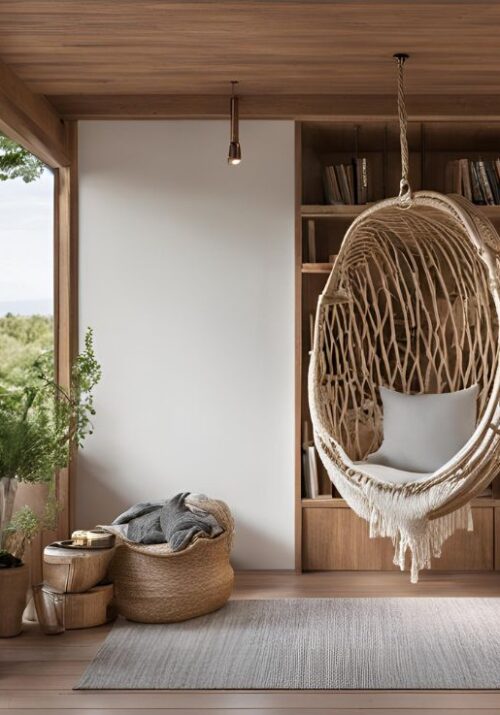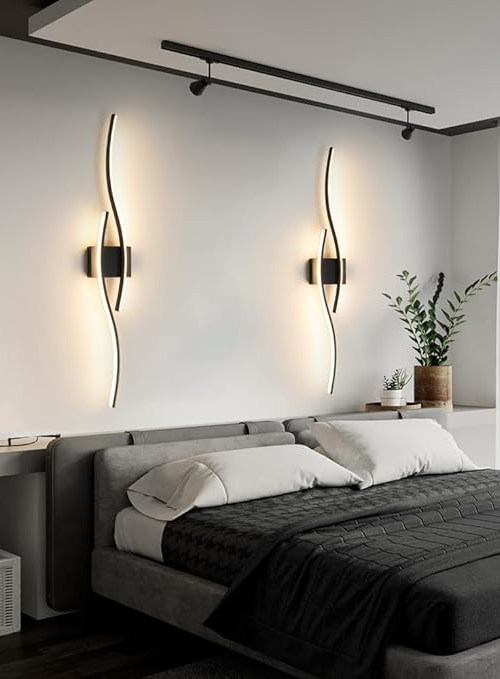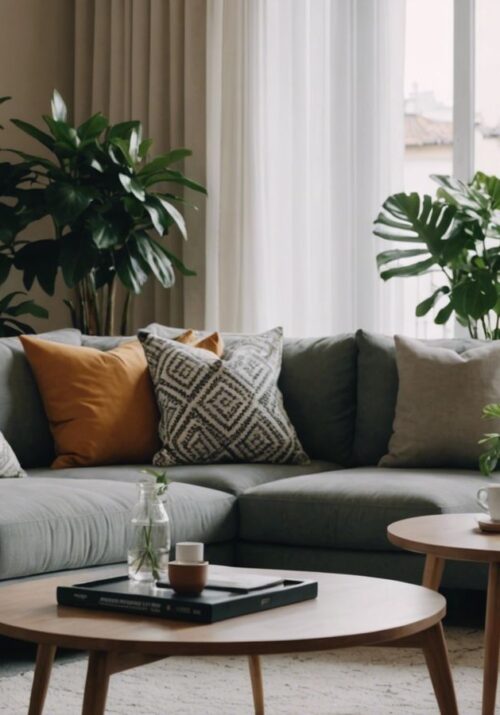
As more and more people have become aware of their carbon footprint, ideas like sustainable homes are taking center stage. Be it major changes like shifting to renewable energy sources or little steps like embracing eco-friendly home decor, every effort is a contribution to saving the environment and improving your personal lifestyle.
Here, we will explore the top 11 ways to transform your home into a more sustainable space—regardless of whether you’re designing from scratch or simply doing a quick eco-friendly update.
What Is Sustainable Home Decor?
Sustainable home decor is one that respects natural resources. It is a gift that keeps on giving. The more you embrace it, the more rewarding it is.
A green home design is all about finding eco-friendly ways to decorate your home. This, in turn, reduces your carbon footprint and protects the environment from all the harmful chemicals released during the manufacturing of non-sustainable decor items.
But before you get to the task, it’s a great idea to take your time to discover eco-friendly home tips for seamless and perfect results.
Decorate the Walls With Eco-Friendly Wallpapers

Eco-friendly wallpaper designs not only reduce the impact on the environment but also prove great for you and your loved ones. How?
Conventional wallpapers are high in VOC content. When suspended in the air and inhaled into the body, these chemicals can eventually cause damage to the eyes, nose, and throat.
Natural wallpapers (also called grasscloth wallpaper), on the other hand, are made of non-toxic materials, like the bark of cork oak, cotton fiber, or glass cloth. Such options create a healthier indoor environment and reduce the risk of respiratory issues. Not to forget, they are sustainable sourced and biodegradable—making them a responsible choice for the environment.
Embrace Greenery
Safe to say, our green friends make one of the most effective and affordable sustainable decorating ideas. And that’s not it. Houseplants, particularly species like peace lily and snake plants, give your home an inviting ambiance and remove harmful toxins from the air to provide residents with a clean, refreshing atmosphere. To add on, they sharpen your attention, lower stress levels, increase productivity, and improve sleep patterns—enough benefits to convince everyone to add a plant or two to each room!
Buy Pre-Loved
The easiest way to protect the environment when decorating your home is to buy pre-loved items. Head to websites like, eBay, and Etsy to find an entire collection of vintage bargains that will help you revamp your home without hurting the planet.
You can also play your role by listing the furniture you’re replacing on online websites or giving it to a family member, neighbour, or friend.
Re-use Your Old Furniture

Why let that vintage dining bench go to waste? Give it a fresh lick of paint and put it out in the entrance for a touch of pizzazz and uniqueness to an otherwise bland foyer.
The key is to let your creativity flow—use stencils, geometric patterns, or even simply polish the original paint to breathe life into the old piece and give an empty corner in your house a new look. Remember, our aim is to focus on eco-conscious home decor, even if it’s something as simple as using repurposed home decor.
Go For Upcycled Accessories
Accessories are the finishing touch that pull together the rest of the decor. The best part? You can find countless options for upcycled home accessories. From vintage finds to everyday discards, there’s a treasure of materials waiting to be transformed into conversation-starting pieces, some of which include;
- Vases and candleholders made of recycled glass.
- Coasters, wall clocks, or bowls made of slightly heated vinyl records.
- Wine bottles transformed into beautiful vases.
- Old colanders transformed into pendant lights.
- Organic textiles like cotton and hemp for curtains, cushions, and throws.
Say Yes to Natural Fragrances

You don’t have to use ordinary chemical- and VOC-loaded fragrances to make your home smell good—there’s an eco-friendly alternative to everything! DIY air fresheners are becoming a favorite now, and it’s not too hard to make your own natural fragrances using essential oils and other sustainable (and easily) sourced ingredients. Soy wax candles and palm wax candles are also great options to give your green interior design a green fragrance!
Invest in Sustainable Furniture
When choosing furniture, look for pieces made of sustainable materials, like bamboo, jute, or FSC-certified wood. The focus is to avoid items made of vinyl or other such materials that release harmful chemicals into the air and speed up deforestation.
Even if you purchase from a company that prioritizes fair wages for artisans and fair trade practices, you’re still playing your part in protecting the environment. The same applies to buying a multi-functional item, where you’re indirectly reducing the need to cut more trees to manufacture more furniture.
Choose Eco-Friendly Fabrics

From the bathroom and kitchen to the living room and bedroom, textiles are everywhere. And the good part is they’re one of the most affordable eco-decor options on the list of green home improvement ideas. Whether it’s the curtains in your living room, the bedding in your bedroom, the towels in your bathroom, or the table runner over the kitchen breakfast table, you’ll find budget-friendly green decor options for everything.
Avoid Carpets
When embracing sustainable home decor, we’d recommend skipping carpets and opting for natural flooring. Carpets not only release pollutants during manufacturing but also release harmful chemicals over their life span. Plus, even the most hardwearing carpets will last only for a decade until they need to be replaced again.
Flooring made of eco-friendly material, like bamboo, cork, or linoleum, is biodegradable and renewable. Not to forget, it’ll last longer than carpets and will not intoxicate the environment of your home.
Install High-Performance Windows

Windows account for around 50% of lost energy. Replacing traditional windows with new, high-performance designs—such as double-glazing, special coating, air-tight construction, and non-conductive framing materials—create a quieter and more energy-efficient home.
- For a warmer climate, look for windows with a “low solar gain” tag to reduce the heat conducted into your house through windows. Double glazing and reflective technologies are also helpful, as are windows that facilitate ventilation.
- For a cooler climate, opt for well-insulated frames with the right U-value (the lower, the better). Triple-glazed windows with a vacuum between panes can further help minimize heat loss.
Invest in Energy-Efficient Appliances

Appliances are the decor of your kitchen—and after HVAC systems, they’re one of the next largest energy consumers. Think of them as having two costs: the purchasing cost and the operating cost. If you make a better investment at the time of purchasing—by buying aesthetic yet energy-efficient appliances—you can dramatically reduce the operational costs (which, at times, can exceed the purchasing price). And, of course, the modern, sleek designs will enhance the interior, especially if you present your appliances over your countertops/island!
Final Words
You see, sustainable home decor doesn’t have to be expensive or complicated.
Every single effort—be it small or big—counts.



